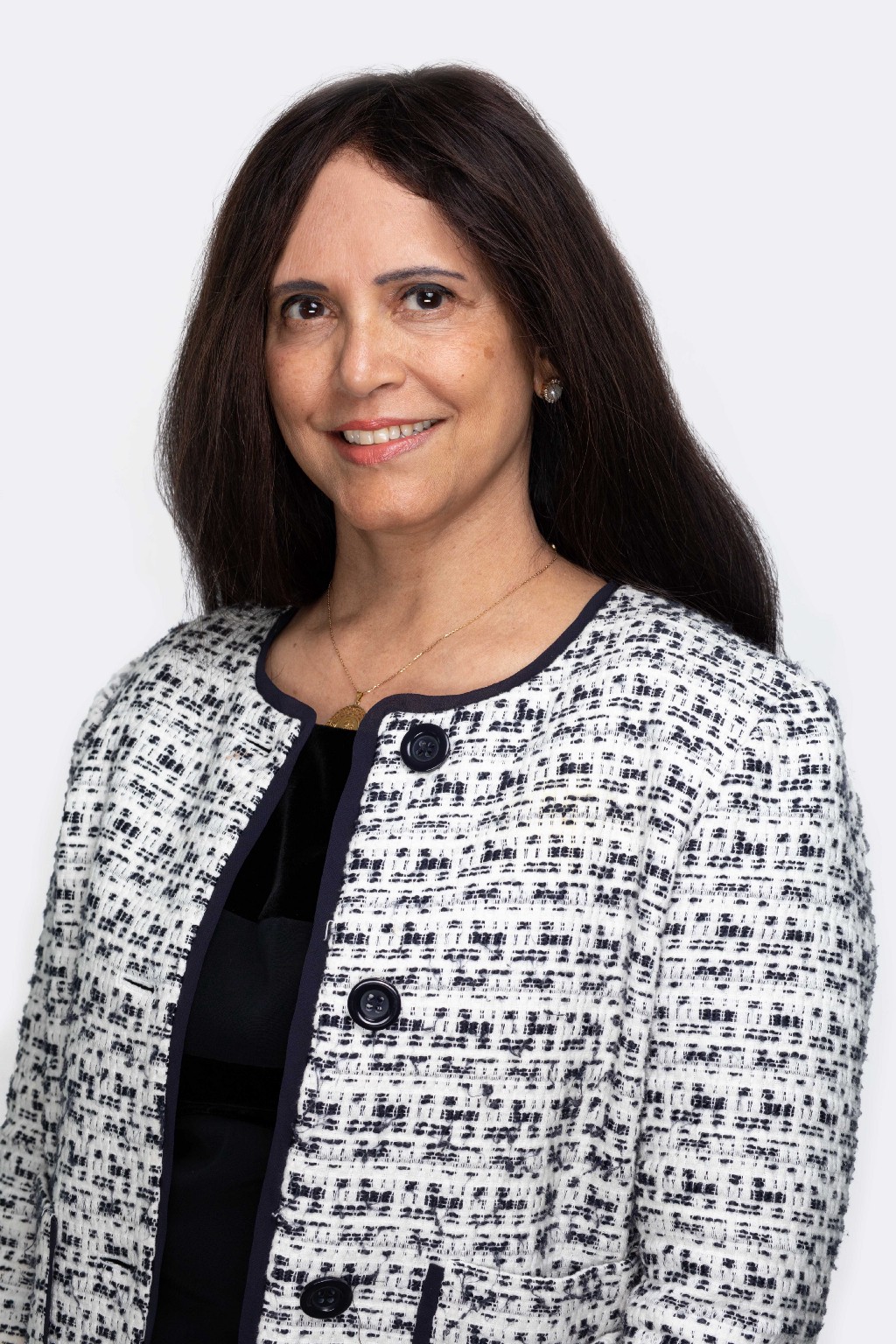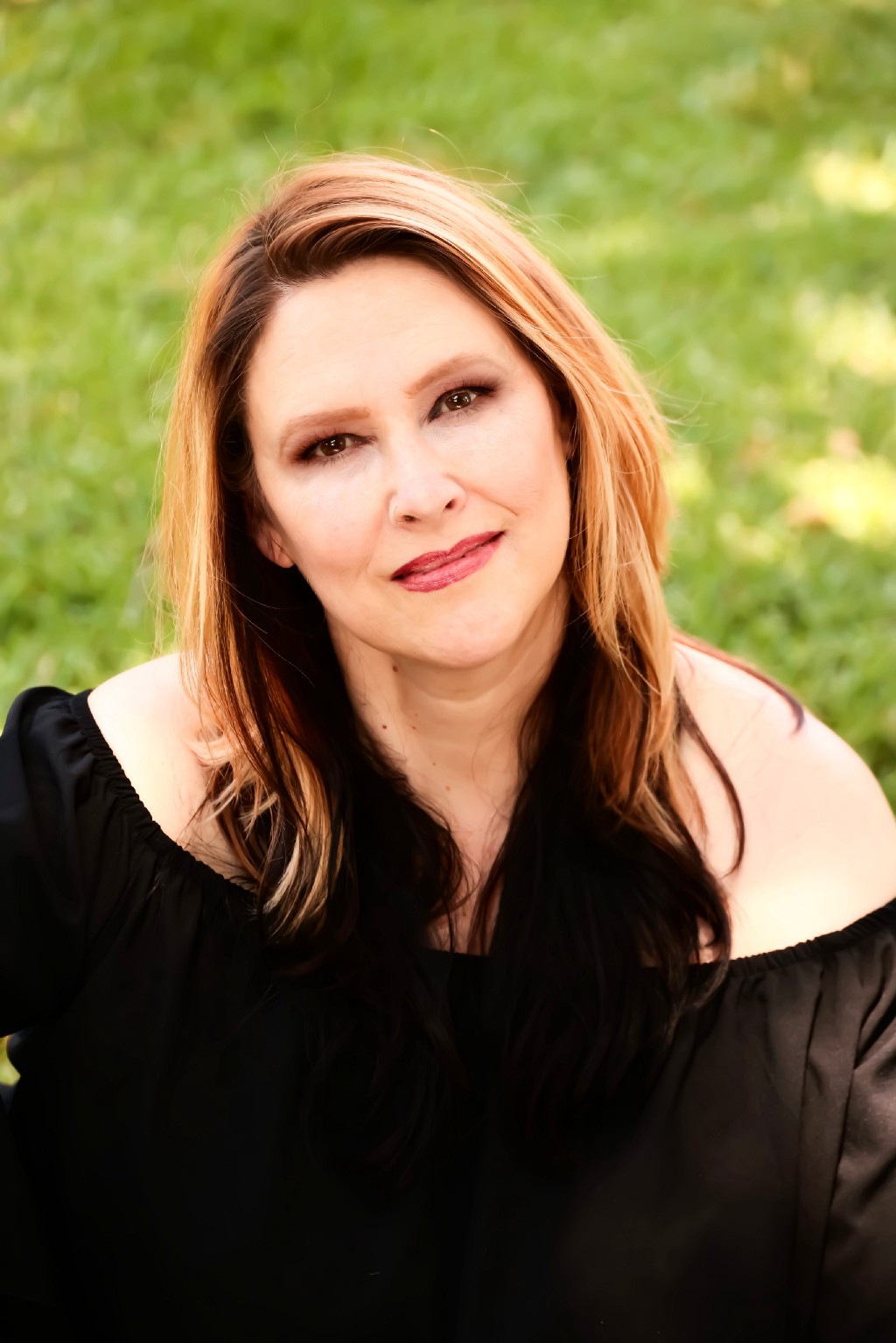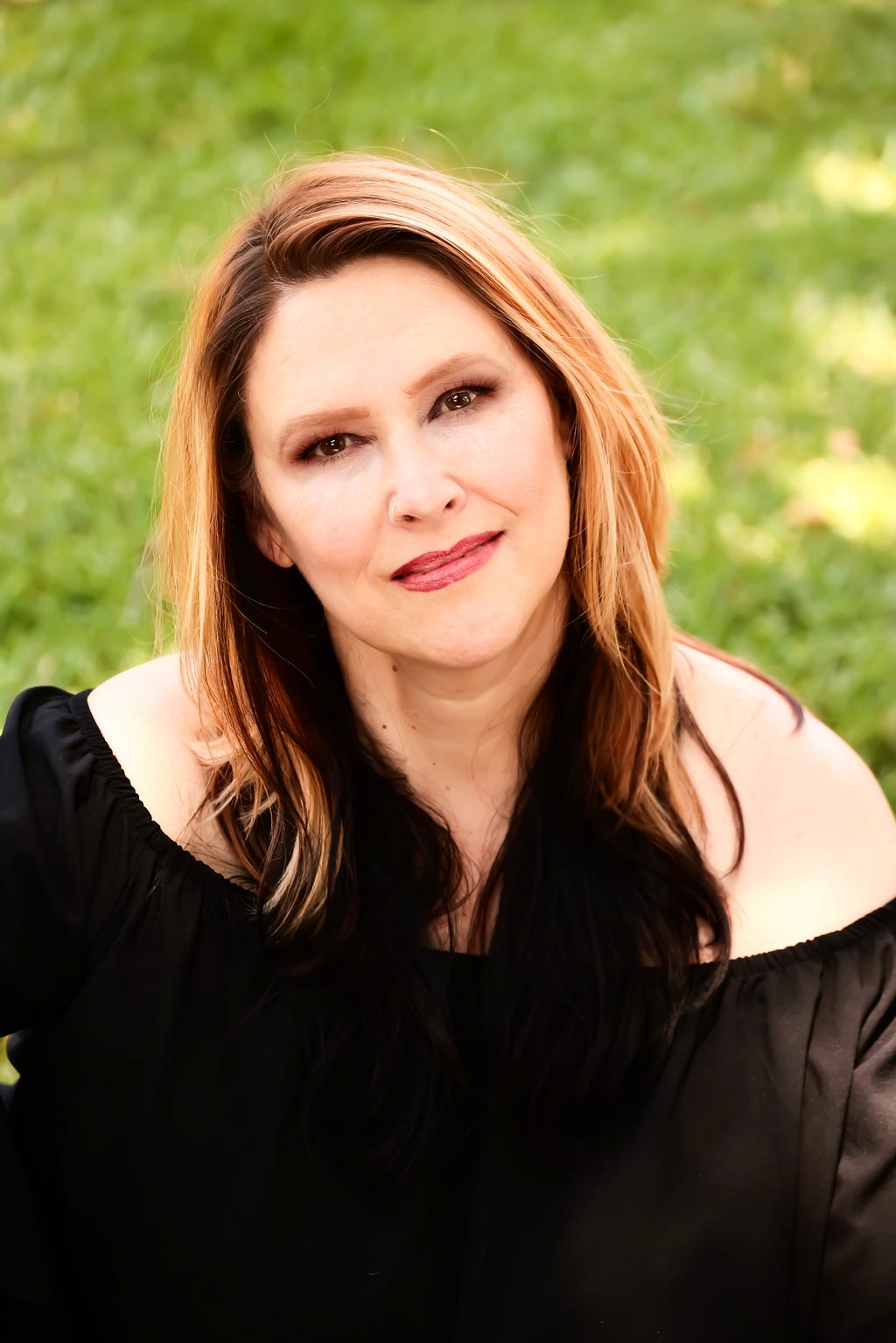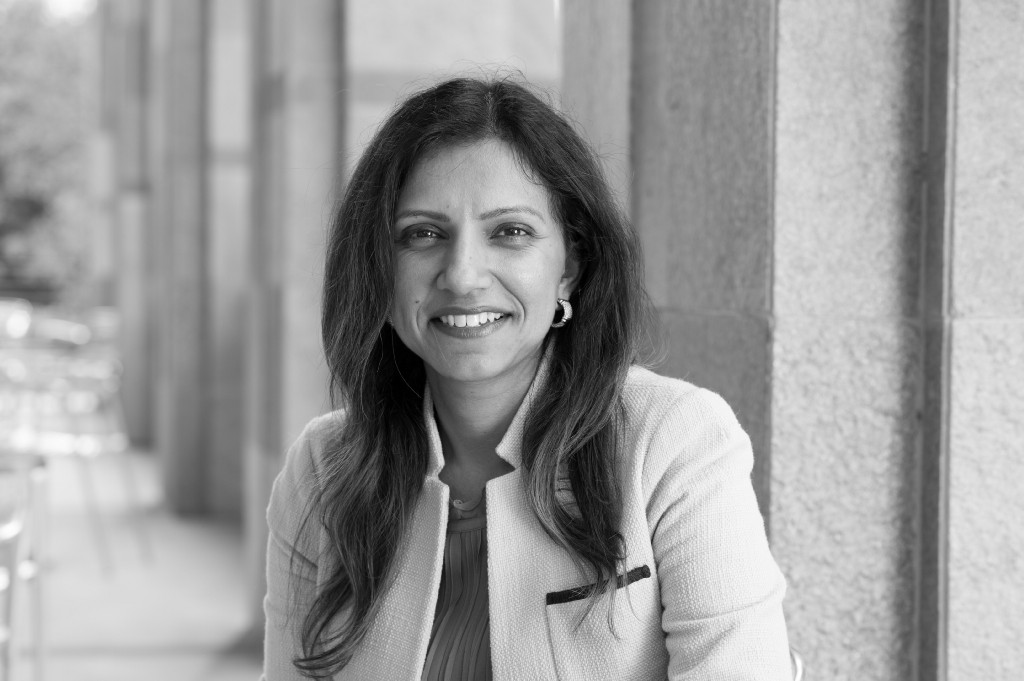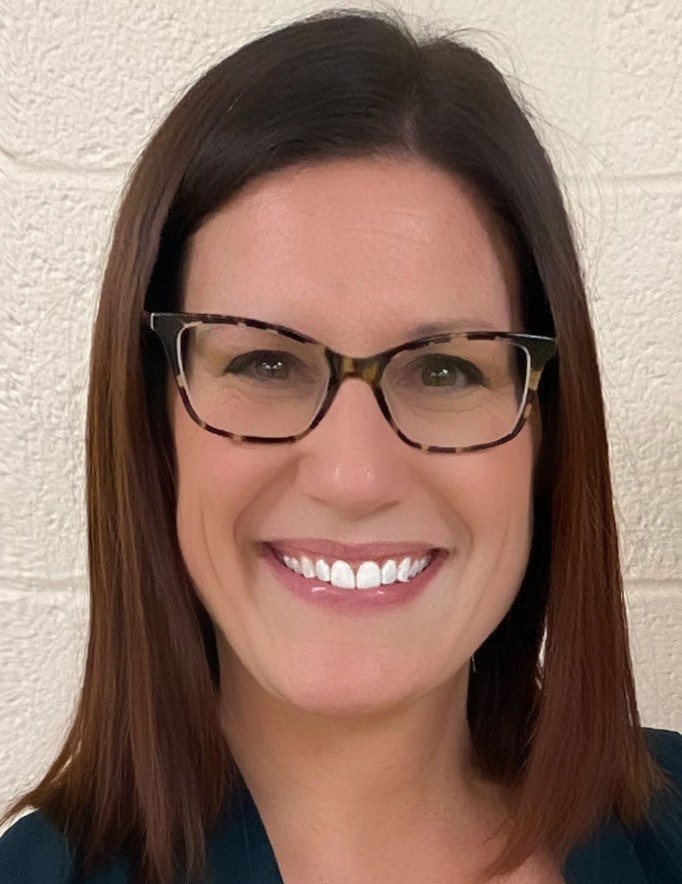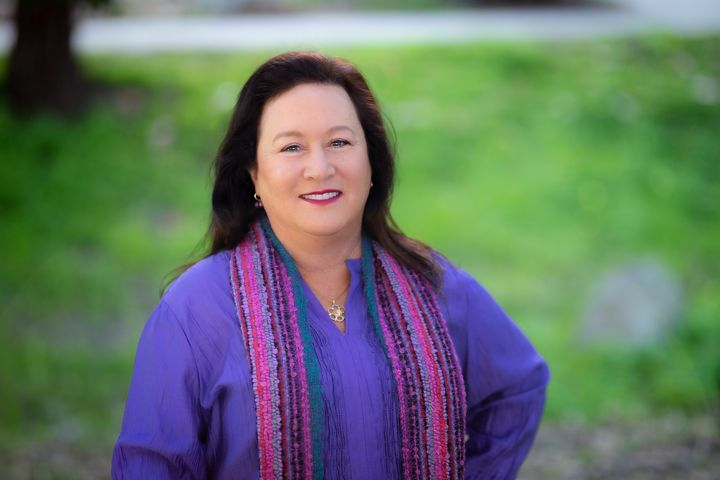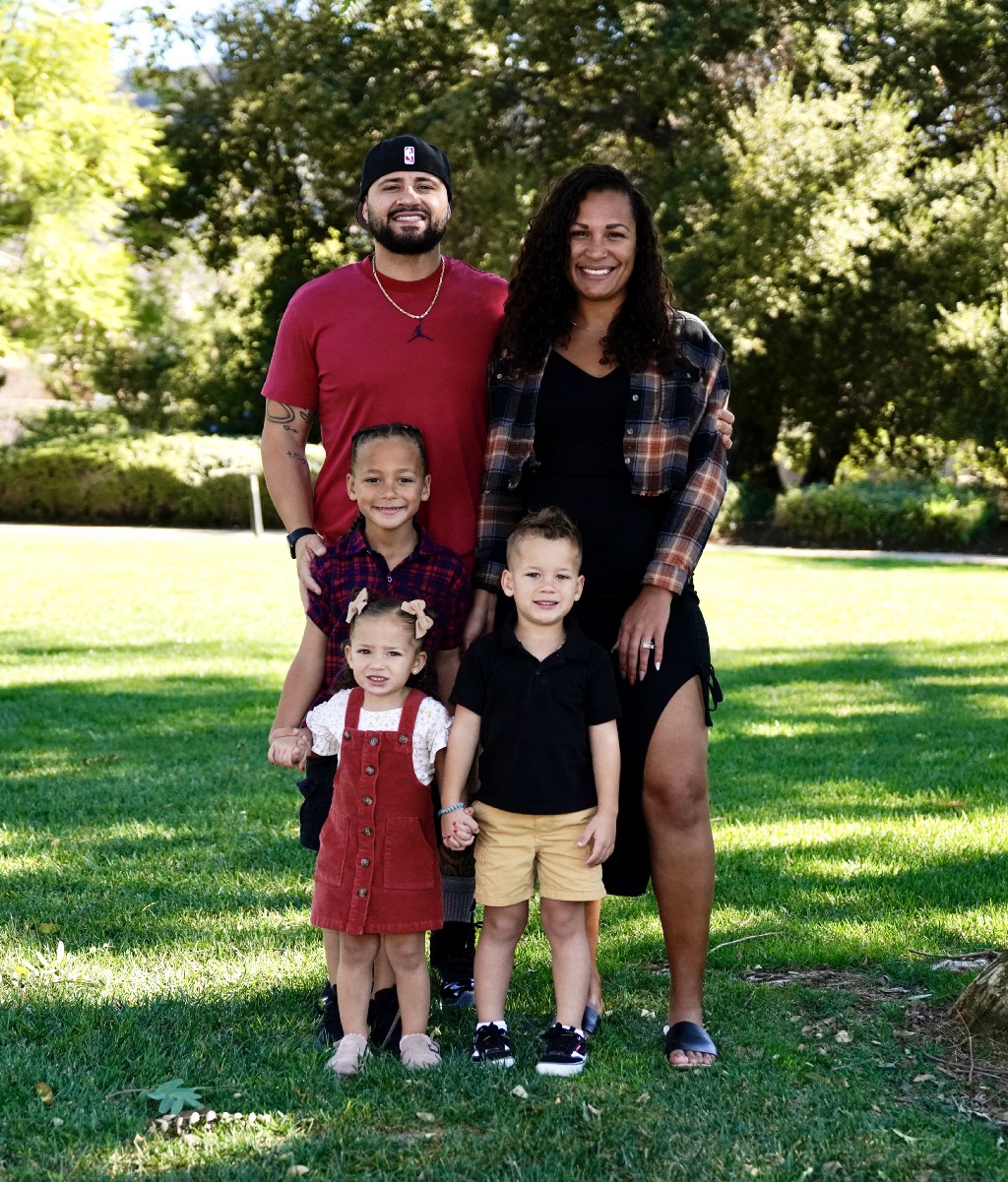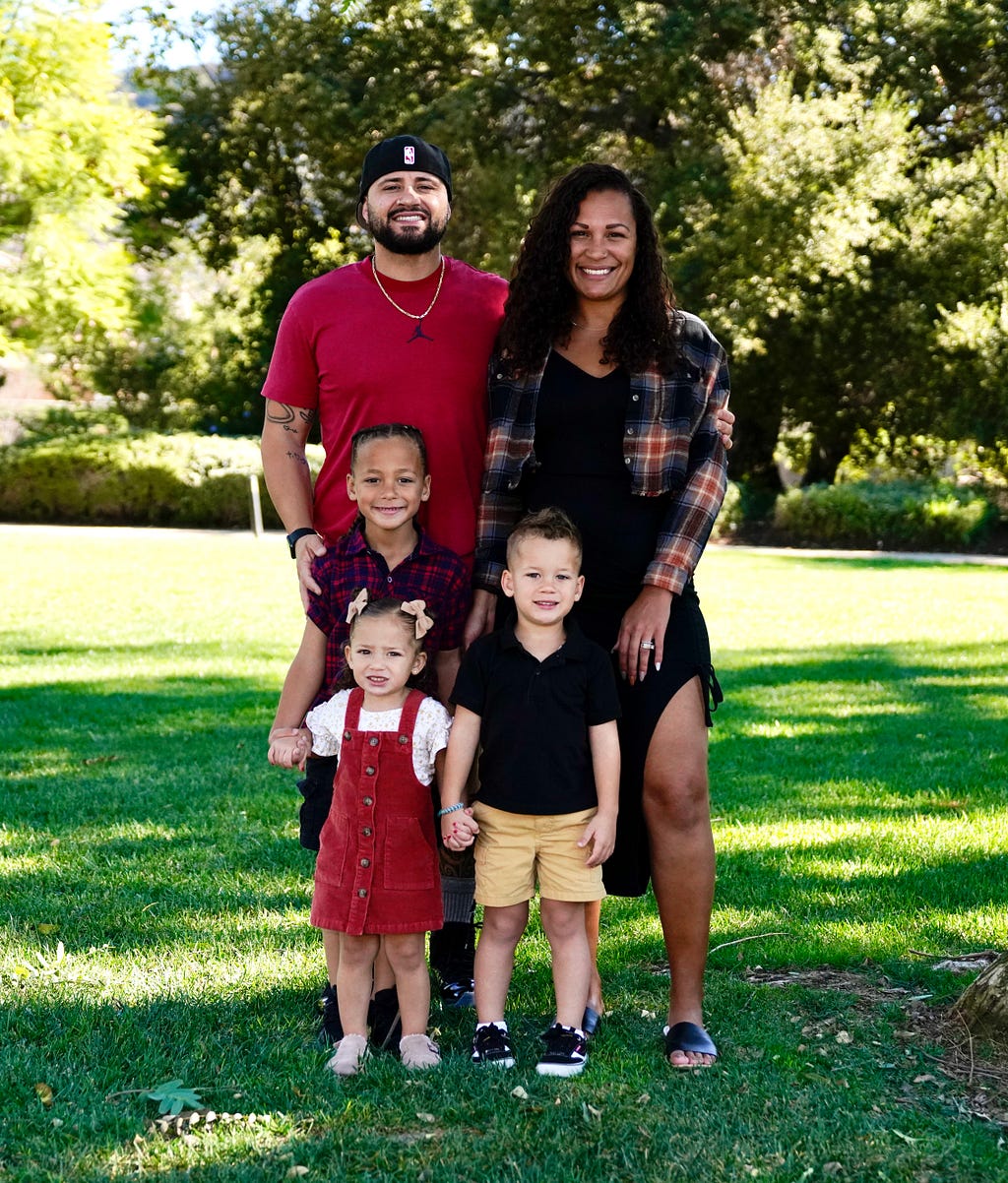Inspirational Women in STEM and Tech: Shobha Dhadda of Eisai On The 5 Leadership Lessons She Learned From Her Experience
An Interview With Candice Georgiadis
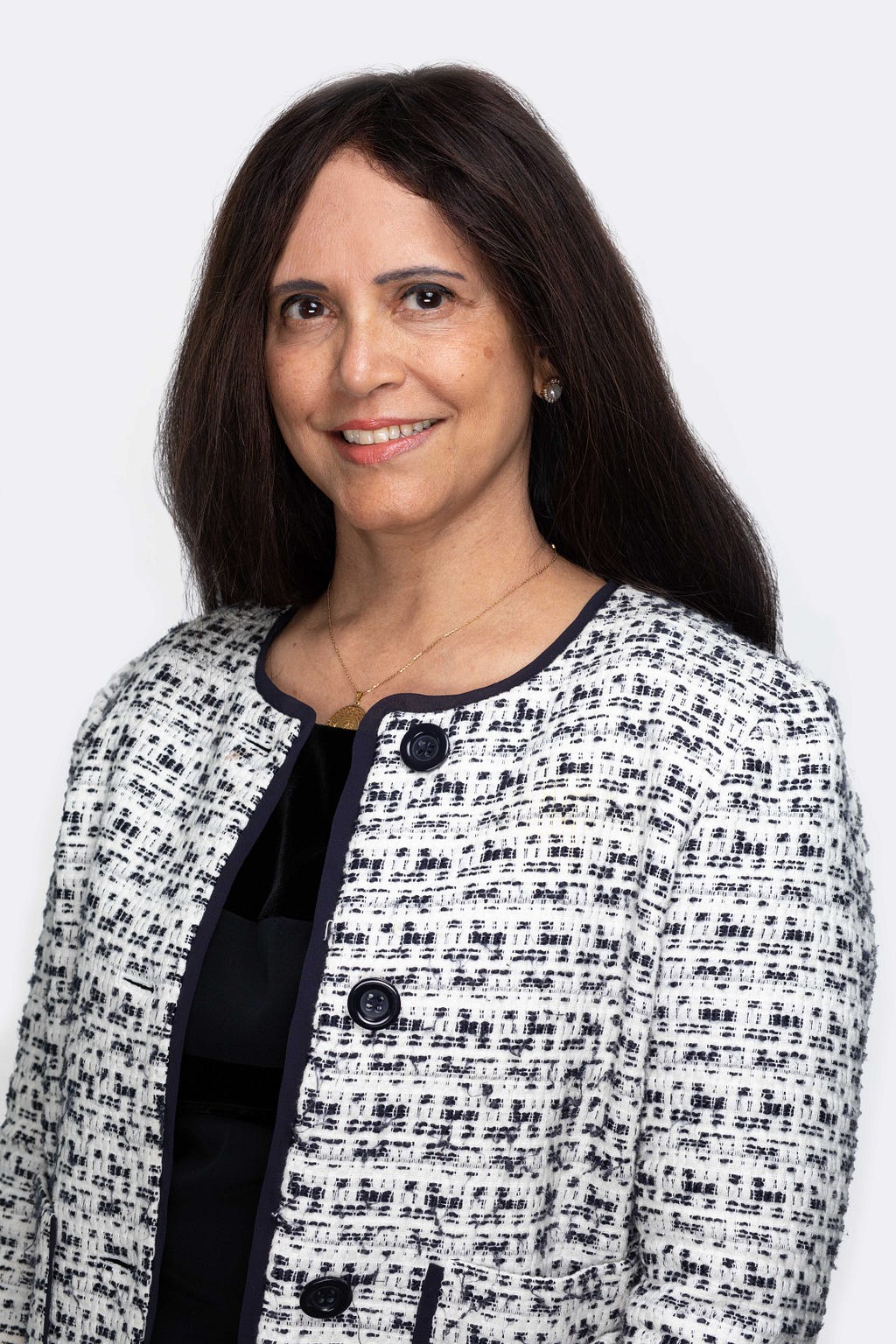
Interest in STEM is socially influenced from an early age by parents, teachers, and even your peers. Girls are socially programmed to play with dolls rather than cars. I am very grateful that my parents encouraged me to just learn and absorb everything, from science to liberal arts. I naturally gravitated towards clinical development research because it gave me the opportunity to make an impact in the lives of patients and their families. I believe there is continued need for a transformation in our society.
As a part of our series about “Lessons From Inspirational Women in STEM and Tech”, we had the pleasure of interviewing Shobha Dhadda.
Shobha Dhadda is Senior Vice President, Biostatistics and Clinical Development Operations, Neurology Business Group, Biostatistics Neurology, at Eisai Inc., responsible for leading statistical and operational strategies in clinical research. Her group is responsible for study design, data management, trial conduct and data analyses of global multi-center clinical trials and observational studies. With more than 25 years of experience working in pharmaceutical Industry covering a variety of therapeutic areas including Alzheimer’s, she has been successful in getting drugs approved in areas of epilepsy, sleep, infectious diseases and transplant.
Thank you so much for doing this with us! Can you tell us a story about what brought you to this specific career path?
I was raised in India and moved to the United States for graduate school. With a lifelong interest in math, I chose statistics for my academic journey. My desire to make a positive impact in the lives of others led me to a career in the pharmaceutical industry. Here, my mathematical expertise was pivotal in designing clinical studies, analyzing data, interpreting the results, and shaping the clinical development research towards scientific innovation.
With more than 25 years in the pharmaceutical industry, I currently lead multiple functions: Biostatistics, Statistical programming, Data Science, Data Management, Project Management, Clinical Operations, outsourcing, Medical Writing, Clinical Data systems and data operations for the Neurology therapeutic area at Eisai Inc.
Can you share the most interesting story that happened to you since you began at your company?
With my extensive background in statistics, I brought the use of machine learning algorithms into clinical trials at Eisai. These algorithms allow us to hone in on the hidden patterns in the data and improve predictive power of outcomes.
Due to their novelty, machine learning algorithms have a limited adoption in pharmaceutical industry thus far. Another obstacle to overcome was the legacy server-based systems architecture at Eisai. I secured alignment and influenced the technology development to bring about a secured internal cloud computing leveraging AWS. As a result of this 24-month journey of infrastructure development, building the Data Science team and delivery of models that significantly outperform traditional models, Data Science and Machine learning are a component of clinical development plans at Eisai. With limited use, ML algorithms have already been used for disease staging, risk prediction, disease decline modeling, precision medicine etc.
It has been said that our mistakes can be our greatest teachers. Can you share a story about the funniest mistake you made when you were first starting? Can you tell us what lesson you learned from that?
For me personally, I don’t really have a funny mistake to share. My advice has always been if you make a mistake, own it and work to ensure it does not happen again.
What do you think makes your company stand out? Can you share a story?
Driven by its human health care (hhc) mission, Eisai aims to advance the understanding of brain health and to ultimately bring forward innovative disease-modifying solutions that can help prevent dementia and Alzheimer’s disease (AD) before they start. At Eisai, we give our first thoughts to patients and their families. In fact, everyone at Eisai spends at least two to three days each year directly interacting with patients and learning about their experiences. It is a very valuable program that allows us to understand why we do what we do.
We are on a mission to prevent and even reverse Alzheimer’s disease. We have been dedicated to Alzheimer’s research for four decades. Our rich pipeline includes a wide scope of investigational compounds and diagnostic methods being researched in AD. In addition, we are exploring novel therapies designed to address clinical symptoms such as cognition and sleep-wake rhythm disorder.
Are you working on any exciting new projects now? How do you think that will help people?
I am currently part of the team overseeing Eisai’s clinical trials in AD. AD — one of the most common causes of dementia — is a growing global health challenge that has an enormous impact on patients and family members, health care systems, and society at large. In fact, in 2021, there were an estimated 6.2 million Americans aged 65 and older living with AD. There is so much more we can do in terms of finding disease modifying treatments, finding treatments to help with the side effects of the disease and to help caregivers in managing the quality of life for these patients as well as caregivers. I have a deep personal empathy for AD patients and their families, and this drives my commitment to seek new solutions to this complicated disease state.
Ok super. Thank you for all that. Let’s now shift to the main focus of our interview. Are you currently satisfied with the status quo regarding women in STEM? What specific changes do you think are needed to change the status quo?
Did you know that women comprise one third of STEM workforce and much smaller percent of STEM C-suite? At Eisai, women continue to break that barrier. More than 60 percent of my group is women, with many in a leadership role. We have a highly motivated, passionate and productive group at Eisai, that is working hard to make a difference in the lives of millions. However, we need to ensure more women consider STEM and realize its potential. I believe that every company should have a mentorship program in place, to give opportunities to young aspiring women. Having strong mentors in place helps with breaking down the barriers; in thinking through a problem; in getting or seeking more opportunities for growth, and in accelerating confidence in oneself with each incremental success. Based on my personal experience, education and the right mentorship can do wonders to a persons’ career.
In your opinion, what are the biggest challenges faced by women in STEM or Tech that aren’t typically faced by their male counterparts? What would you suggest to address this?
Assertiveness is the biggest challenge others perceive of women in STEM. Women leaders need to be assertive to lead a large team, without fear of any backlash. They should be able to challenge the status quo and communicate clearly with firm backing from their management. This requires a cultural transformation at corporations. Values at Eisai groom strong confident women who then have leadership opportunities across the organization.
What are the “myths” that you would like to dispel about being a woman in STEM or Tech. Can you explain what you mean?
Interest in STEM is socially influenced from an early age by parents, teachers, and even your peers. Girls are socially programmed to play with dolls rather than cars. I am very grateful that my parents encouraged me to just learn and absorb everything, from science to liberal arts. I naturally gravitated towards clinical development research because it gave me the opportunity to make an impact in the lives of patients and their families. I believe there is continued need for a transformation in our society.
What are your “5 Leadership Lessons I Learned From My Experience as a Woman in STEM or Tech” and why. (Please share a story or example for each.)
Over the last decade, women have been increasingly pursuing STEM as their career choice with some making to leadership roles. For accelerating this change, my five leadership recommendations are:
- Commitment: I firmly believe in the quote that “Success is 1% inspiration and 99% perspiration”
- Determination: Mindset that nothing is impossible is truly an asset
- Persistence: If one door closes, try another
- Multi-tasking: Balancing rapid growth in STEM as well as leadership with numerous priorities makes this a critical asset
- Passion: Last but the most important, make sure you are working on something for which you are willing to go the extra distance
What advice would you give to other women leaders to help their team to thrive?
Develop, share, and align on your vision with the team and set clear achievable goals. Provide opportunities for growth and tools to succeed to each team member. To become an effective leader, it is important to understand the challenges each department faces and ensure objective discussion on differing opinions. Engaged, excited, confident, and effective team will always be on the lookout for new opportunities and challenges.
What advice would you give to other women leaders about the best way to manage a large team?
Becoming a strong leader is a process that requires mentoring by management, by other leaders and the organization. It is most important to hire people who have the growth potential, are team players and have a positive can-do attitude. Make sure the entire group is aligned on the vision, objectives, and deliverables for the group. Give the leaders as well as individual contributors immersive experiences by assigning responsibilities that would deepen and broaden their expertise over time.
None of us are able to achieve success without some help along the way. Is there a particular person who you are grateful towards who helped get you to where you are? Can you share a story about that?
There are many important people in my life that have helped me along this journey. First, I have to start with my parents, who are progressive thinkers who allowed me to come to the United States alone at a time when most Indian parents would prioritize marriage over education or a career for girls/woman. Dr. Lynn Kramer, Chief Clinical Officer of Neurology at Eisai, taught me to think about clinical trials pragmatically, which helped me to implement solutions that are scientifically sound and operationally efficient. When joining as the head of Biostatistics at Eisai, I never expected my role to expand to its current state. This expansion allowed me to implement numerous end to end clinical trial innovations. For example, we developed the first innovative Bayesian design clinical trial in Alzheimer’s disease area. Although, it was a complex design including numerous operational challenges, my statistics background and operational experience helped me in implementing this design successfully. We are at the forefront of the industry in innovative clinical trial designs, digital transformations, in risk-based monitoring, and in implementing DCT approaches.
How have you used your success to bring goodness to the world?
Eisai’s Global CEO Naito is a visionary. At the core of our ecosystem is the Eisai Universal Platform. The ecosystem is designed to advances solutions, including drugs that rely on various data and digital tools, and deliver them to “The People” in the most appropriate way.
His vision is to have other industries utilize the solutions and information created by the Eisai Universal Platform, and to build an ecosystem that increases the contribution to “The People”
Our goal through his leadership is to evolve into the hhc philosophy + ecosystem (hhceco) to help “The People” realize their fullest life from times of health to the end. As an employee, I have implemented this approach through my everyday tasks, and I have worked to ensure my colleagues do the same.
You are a person of enormous influence. If you could inspire a movement that would bring the most amount of good to the most amount of people, what would that be? You never know what your idea can trigger. 🙂
If I could inspire or influence a movement, I would want to ensure every girl in the world is educated and I would like to start a mentorship program to help them on their individual journey. The COVID pandemic has robbed so many girls in poor nations around the world of their education and childhood. I believe education is the best tool for success. And a Strong mentorship program will help them in applying that knowledge confidently. I couldn’t have made it if I didn’t have mentors who believed in my vision and gave me the opportunities and tools to realize it. Education and mentorship will open up many doors and help them become confident, independent and contribute to the growth of their nation and the world.
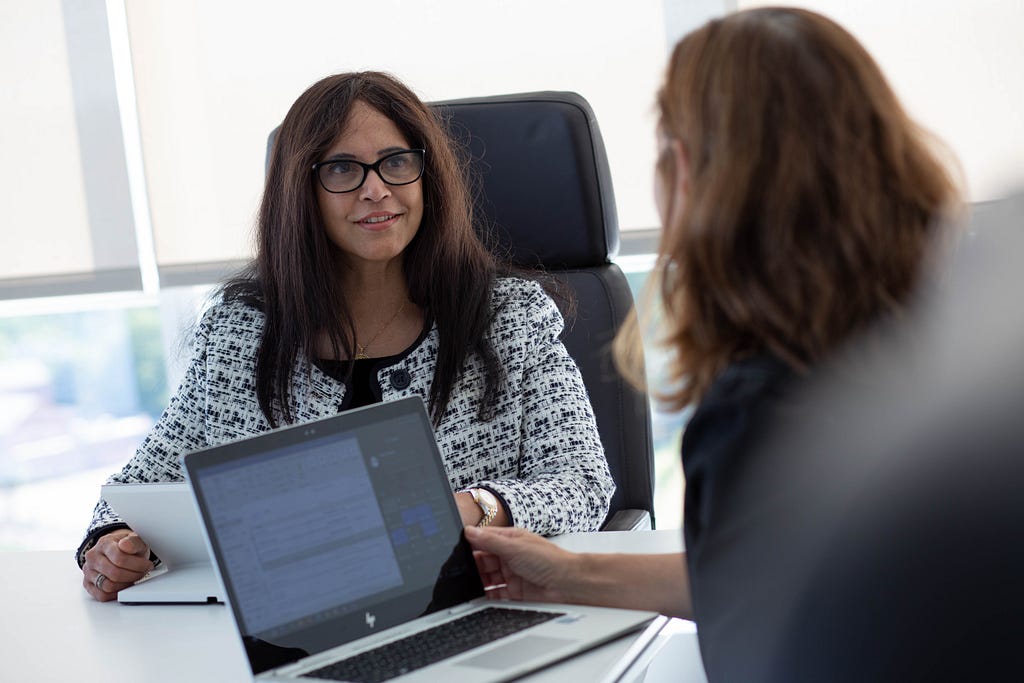
Can you please give us your favorite “Life Lesson Quote”? Can you share how that was relevant to you in your life?
One of the key motivations in my life has been the philosophy in Bhagwat Geeta (Hindu spiritual book) ,”Karam kar phal ki Chinta math kar.” This means, “Do your duty or work, without thinking about results. If you are doing good karma or good work, favorable results will follow.”
I truly believe in this approach, and it may sound Cliché, if you relentlessly pursue your vision, one step at a time, you will ultimately achieve your goal! I have many examples that I can share. One example that comes to mind is Decentralized clinical trials (DCT). This is an approach to clinical trials where you implement clinical assessments at a patient’s home or virtually, rather than at a hospital or private clinic. This can truly minimize patient and caregiver burden, especially for a chronic disease like Alzheimer’s where patients have to undergo many visits and assessments each month. In the last 10 years, we have implemented extensive digital transformations at Eisai, with Electronic Data Capture systems, electronic capture of assessments via tablets, smartphones, smartwatches, etc. Before COVID, there were lot of barriers, including Regulatory approvals and a reluctance from the sites to embrace this approach. Obviously, COVID was an unfortunate pandemic, however, it did trigger lot of innovations. Uptake and acceptance of the DCT approach suddenly became a reality. Now it has become easier to implement DCT enablers like eConsent, home health care, remote assessments, telehealth, remote monitoring, etc. The entire pharma industry is now moving towards some form of DCT.
We are very blessed that very prominent leaders read this column. Is there a person in the world, or in the US with whom you would love to have a private breakfast or lunch with, and why? He or she might just see this if we tag them 🙂
I would love to meet former First Lady, Michelle Obama. She has become an inspiration to so many women. She initiated a program “Let Girls Learn” to help millions of girls who do not have access to a quality education. During her husband’s Presidency, she hosted at the White House several dinners to support mentoring programs for young girls. Mrs. Obama spoke at the “Power of Educated Girl” panel encouraging girls to compete with boys and that no boy was worth giving up their education. If every girl was given the opportunities that I was given because of my progressive parents and the numerous generous mentors, our world will be a much better place!
Thank you for these fantastic insights. We greatly appreciate the time you spent on this.
Inspirational Women in STEM and Tech: Shobha Dhadda of Eisai On The 5 Leadership Lessons She… was originally published in Authority Magazine on Medium, where people are continuing the conversation by highlighting and responding to this story.


